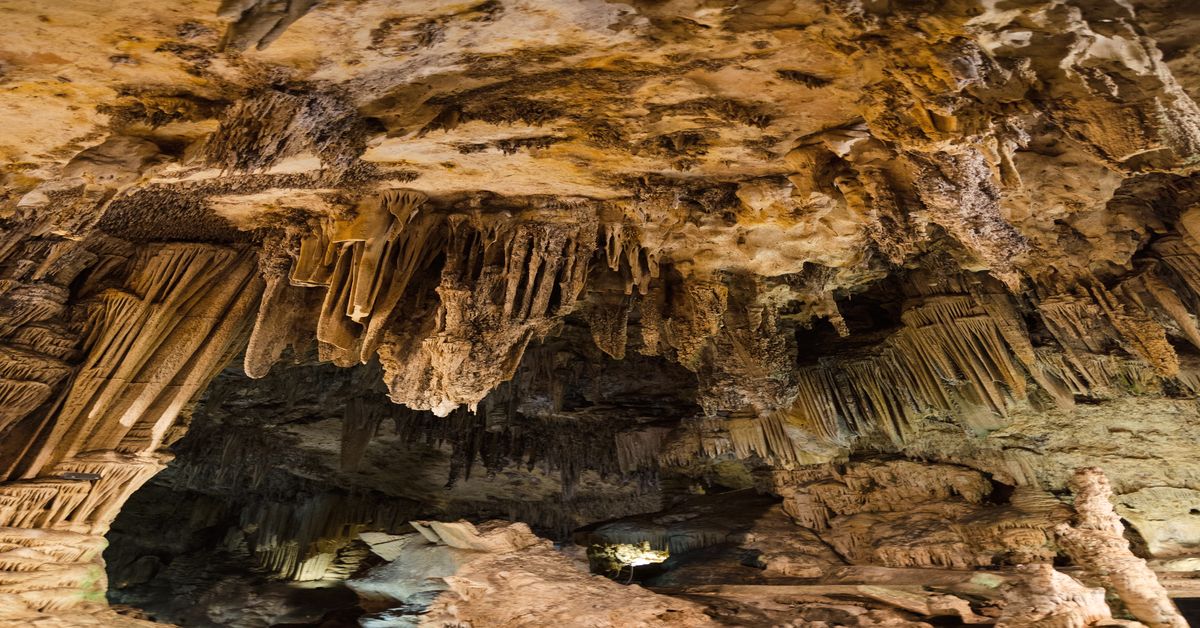Biochemical activities impacting hydrogen storage in salt caverns
Biochemical activities impacting hydrogen storage in salt caverns

Hydrogen Storage In Salt Caverns – Microbes
Hydrogen Storage in Salt Caverns – Microbes that inhabit the earth’s subsurface are vast in their diversity. Microorganisms may be found in vast quantities in as much as 104 and 108 per gram of rock.
Hydrogen, nitrogen, carbon dioxide, and a variety of other relic elements are necessary for microbial activity. There are also various other favorable elements, including highly concentrated areas of chemical compounds, low radiation, little water activity, and low permeability.
Underground storage of hydrogen in salt caverns may lead to the consumption of hydrogen by microorganisms. Micro- and geo-chemical activities cause significant problems and lead to the eventual loss of hydrogen, even though salt caverns possess distinguished and favorable characteristics for hydrogen storage due to their chemical inertia and physical resistance to hydrogen.
Micro- and geo-chemical activities may also pollute the environment as a result. This article discusses four main biochemical activities taking place in underground salt caverns.
Methanogenesis
The process of methanogenesis, which involves the production of methane gas as a result of the terminal degradation of organic matter, characterizes anoxic freshwater ecosystems. The bacterium that accomplishes the process of methanogenesis belongs to the five divisions of the phylum Euryarchaeota, which includes mesophiles to thermophiles: Methanosarcinales, Methanospyrales, Methanopyrales, Methanococcales, and Methanobacteriales.
The anaerobic degradation of syntrophic bacteria and the fermentation of dead organic matter create hydrogen storage in salt caverns. Lignin and polysaccharides are the most common sources of dead organic matter in environments. Chitin is the principal source of crustacean debris that accumulates in aquatic sediments. Methanogens convert carbon dioxide, water, acetate, formate, and other by-products of buried peat to methane.
During methanogenesis, methanogenic bacteria break down organic matter. Then use hydrogen storage in salt caverns and carbon dioxide to form water and methane. These metabolic processes can result in the loss and leakage of hydrogen. The most important factors for this occurrence include high temperature. A combination of carbon dioxide/carbonate that is not very active at pH 7, and low redox potential.
Acetogenesis
The acetate formed during the carbon dioxide reduction and the acetate produced from organic acids is an example of acetogenesis. Hydrogen-consuming acetogens, also called homoacetogens, are strictly oxygen-free bacteria. It can use the Acetyl-CoA pathway as their dominant method for reducing carbon dioxide through the synthesis of acetyl-CoA. They conduct energy-conserving processes, such as the terminal electrons accepting electrons. These unique bacteria compete with methanogens for formate, hydrogen, and methanol.
Trophic bacteria create carbonaceous reservoir rocks with acetate-type decomposition. Furthermore, supply the abundance of carbon dioxide required for these reactions in underground salt caverns. By using the gas injected in advance for hydrogen storage. Underlying factors influencing acetogenic activity include a pressure of 90 bar and a temperature range between 30 and 40 ℃. The important variables in the acetogenesis process are carbon dioxide, carbonate materials, and a pH of less than 7.
Sulfate reduction
It is possible that the presence of an active sulfate-reducing bacteria (SRB) in underground salt caverns could result in the production of hazardous hydrogen sulfide (H2S) gas, which has toxic and corrosive properties. There are countless anaerobic bacteria of different types that can exclusively focus on generating H2S by utilizing sulfate as the final electron receiver. However, a large amount of various organic matter like ethanol, butyrate, lactate, pyruvate, propionate, acetate, and formate are all viable donors for sulfate-reducing bacteria (SRB). Sulfate exists both in sulfidic minerals and water due to microbial processes.
The presence of hydrogen storage in salt caverns and available carbon found in organic acids or ethanol enhances the sulfate reduction process. This process is an extensively divided metabolic reaction with a lot of microbial aggregation. The sulfate reduction procedure is highly efficient and requires only a small amount of sulfate to produce a large amount of H2S. Many of these bacteria use hydrogen or some organic molecules to reduce formate, thiosulfate, sulfites, and nitrates.
Microbial-influenced corrosion (MIC) is a significant problem for steel infrastructure in various environments, including oil and water. It may also occur in subterranean locations. SRB can cause corrosion, which can lead to reservoir damage, product quality deterioration, and reduced pore permeability resulting in hydrogen storage in salt caverns. The leakage of hydrogen due to corrosion can also affect the environment.
Iron reduction
The iron reducing bacteria (IRB) is a group of essential microorganisms in almost every conceivable environment. Iron-oxidizing microorganisms transform ferrous ions into ferric ions, whereas iron-reducing bacteria convert this process and transform ferric ions into ferrous ions.
The iron-reducing metabolic pathway takes place under anaerobic and micro-aerobic conditions. The IRB can persuade carbon steel protection while others enhance corrosion by reducing and removing ferric compounds’ passive films that are on the surface of the metal. Under this scenario, microorganisms can oxidize iron.
Future Research
Underground hydrogen storage in salt caverns is an important and integral part of the world’s renewable energy industry. Scientific studies are being conducted to understand how much






Leave a Comment